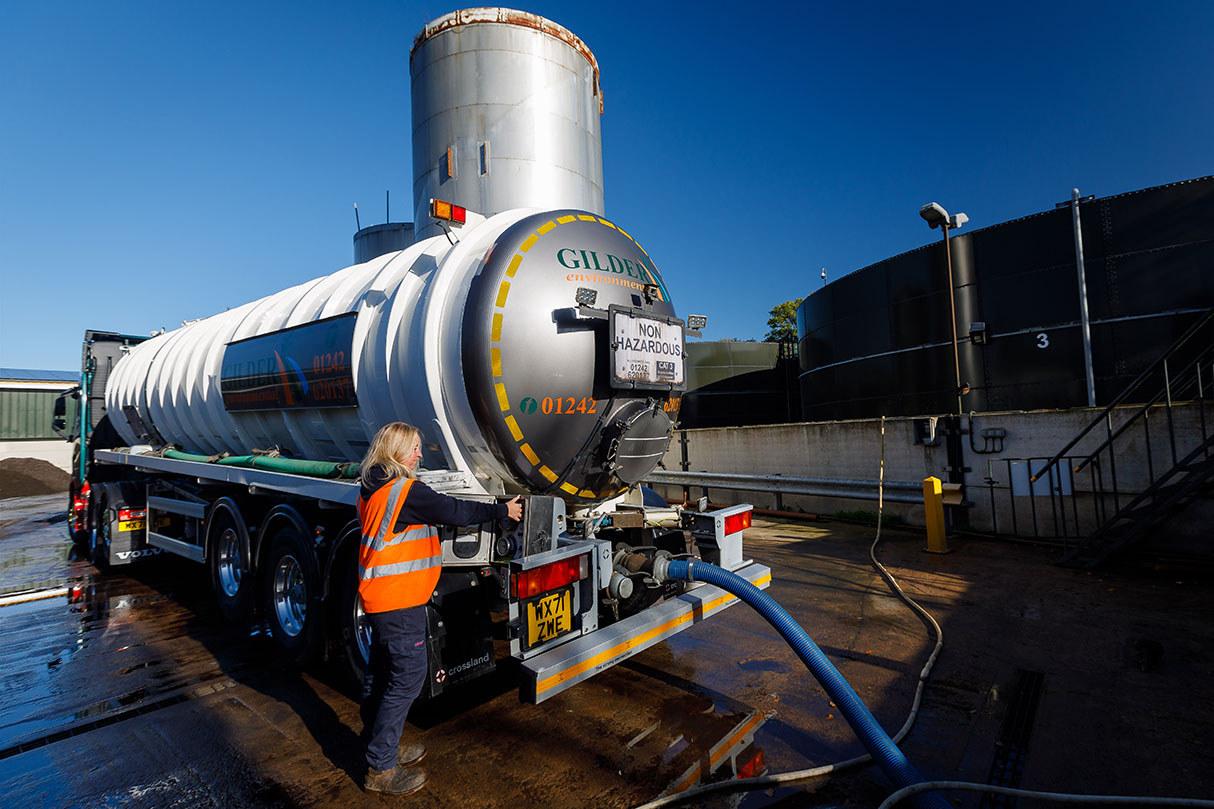Leading Liquid Waste Disposal Melbourne: Trusted Services for Appropriate Waste Monitoring
Exactly How Fluid Garbage Disposal Works: A Comprehensive Review of Techniques and Technologies Employed
Review of Liquid Waste Types
The complexity of liquid waste types necessitates an extensive understanding of their attributes and effects for disposal. Fluid waste can broadly be classified right into numerous kinds, consisting of commercial, metropolitan, farming, and contaminated materials. Each group displays unique properties, calling for certain administration methods to minimize ecological and health and wellness dangers.
Industrial liquid waste originates from manufacturing processes and often contains an array of impurities, such as hefty metals, solvents, and organic compounds. Metropolitan liquid waste, largely making up wastewater from houses and industrial establishments, consists of raw material, nutrients, and virus (industrial wastewater treatment). Agricultural liquid waste, consisting of drainage from ranches, may have fertilizers, chemicals, and animal waste, posturing dangers to water quality and ecosystems
Harmful liquid waste is identified by its toxicity, reactivity, or prospective to create damage. Recognizing these diverse fluid waste types is essential for creating effective disposal approaches and ensuring compliance with environmental laws.
Physical Treatment Approaches

Screening is the initial step, where bigger fragments and debris are gotten rid of from the fluid waste making use of screens or grates. In sedimentation containers, larger particles clear up at the base, forming a sludge layer, while the cleared up liquid can be further treated.
Filtration is an additional necessary approach that entails passing the fluid via porous materials, such as sand or membranes, to catch smaller particles. This action improves the quality of the fluid, making it appropriate for subsequent therapy processes.

Chemical Therapy Strategies
Chemical treatment techniques are essential for properly taking care of fluid waste, especially in dealing with dissolved and colloidal impurities that physical approaches may not sufficiently remove. These techniques make use of numerous chemical representatives to counteract, speed up, or change harmful compounds into less damaging types.
One usual technique is coagulation and flocculation, where chemicals such as alum or ferric chloride are added to promote the gathering of put on hold particles. This process improves sedimentation, enabling much easier elimination of the resulting sludge. Additionally, oxidation processes, using representatives like chlorine or ozone, are employed to damage down complex organic compounds and virus, providing the waste safer for discharge or additional therapy.
Neutralization is one more vital technique, which adjusts the pH of acidic or alkaline waste streams to neutral degrees, protecting against prospective damage to downstream systems and the environment. Furthermore, advanced oxidation processes (AOPs) use mixes of oxidants and ultraviolet light to degrade persistent pollutants, achieving a higher level of treatment performance.
Organic Therapy Procedures
Organic therapy procedures play an essential function in the administration of liquid waste by using bacteria to break down raw material and minimize impurity degrees. These procedures can be generally classified right into cardio and anaerobic treatments, each utilizing particular microbial communities to attain efficient waste deterioration.
Cardio treatment involves using oxygen to assist in the break down of organic materials by germs. This process is typically implemented in triggered sludge systems, where aeration storage tanks give a helpful setting for microbial development, resulting in the oxidation of organic pollutants. The resultant biomass can be divided from dealt with effluent with sedimentation.
On the other hand, anaerobic treatment happens in the lack of oxygen, depending on various bacteria to damage down natural issue. This technique is specifically advantageous for high-strength waste, as it produces biogas, a sustainable energy resource, while lowering sludge manufacturing. Technologies such as anaerobic digesters are regularly utilized look at here in commercial and local applications.
Both aerobic and anaerobic biological therapies not only decrease the environmental effect of fluid waste however also facilitate source healing, making them important elements of sustainable waste administration strategies. Their efficiency, efficiency, and adaptability support their extensive execution across different markets.
Emerging Technologies in Disposal
Innovative techniques to fluid waste disposal are rapidly progressing, driven by advancements in technology and an increasing focus on sustainability. Amongst these emerging technologies, membrane layer bioreactors (MBRs) have gotten grip for their capability to combine biological treatment page with membrane purification, resulting in high-quality effluent that can be recycled in various applications. MBRs allow smaller sized footprints and much more effective procedures compared to typical systems.
Another promising advancement is the usage of anaerobic food digestion incorporated with nutrient recuperation technologies, which not just deals with liquid waste but also generates biogas and recuperates valuable nutrients like nitrogen and phosphorus. This twin advantage boosts source effectiveness and reduces ecological impact.
In addition, progressed oxidation processes (AOPs) are being embraced for the destruction of complicated organic contaminants. These techniques use effective oxidants and drivers to break down contaminants at the molecular degree, offering a very reliable remedy for difficult waste streams.
Additionally, the assimilation of fabricated knowledge and machine knowing in waste administration systems is maximizing functional effectiveness and predictive upkeep, resulting in reduced costs and enhanced ecological conformity. These innovations show a significant change towards more sustainable and efficient liquid garbage disposal methods.
Verdict
In final thought, efficient liquid waste disposal requires a thorough understanding of numerous methods and modern technologies. By continually advancing these approaches, it comes to be feasible to attend to the expanding obstacles connected with fluid waste, ultimately adding to ecological protection and resource recuperation.
Fluid waste disposal is a critical aspect of ecological administration, requiring a comprehensive understanding of different strategies and innovations tailored to various waste kinds. Fluid waste can extensively be classified right into numerous kinds, consisting of commercial, local, agricultural, and unsafe waste. More Bonuses Agricultural fluid waste, consisting of drainage from farms, might have fertilizers, pesticides, and pet waste, posing threats to water high quality and communities.
Different physical therapy techniques play an important duty in handling fluid waste efficiently - industrial wastewater treatment.In conclusion, efficient liquid waste disposal necessitates a comprehensive understanding of numerous strategies and innovations